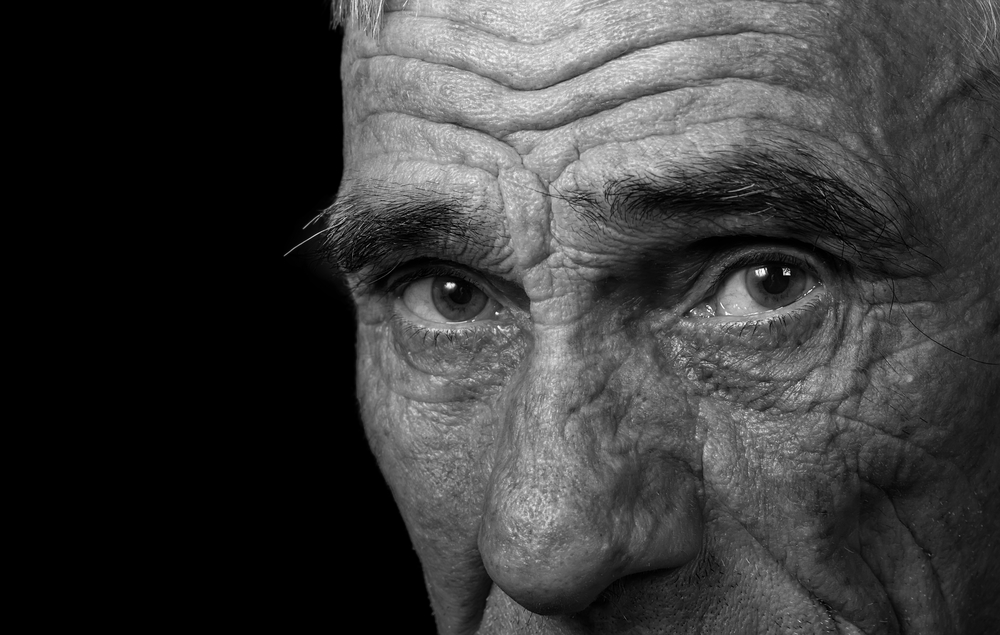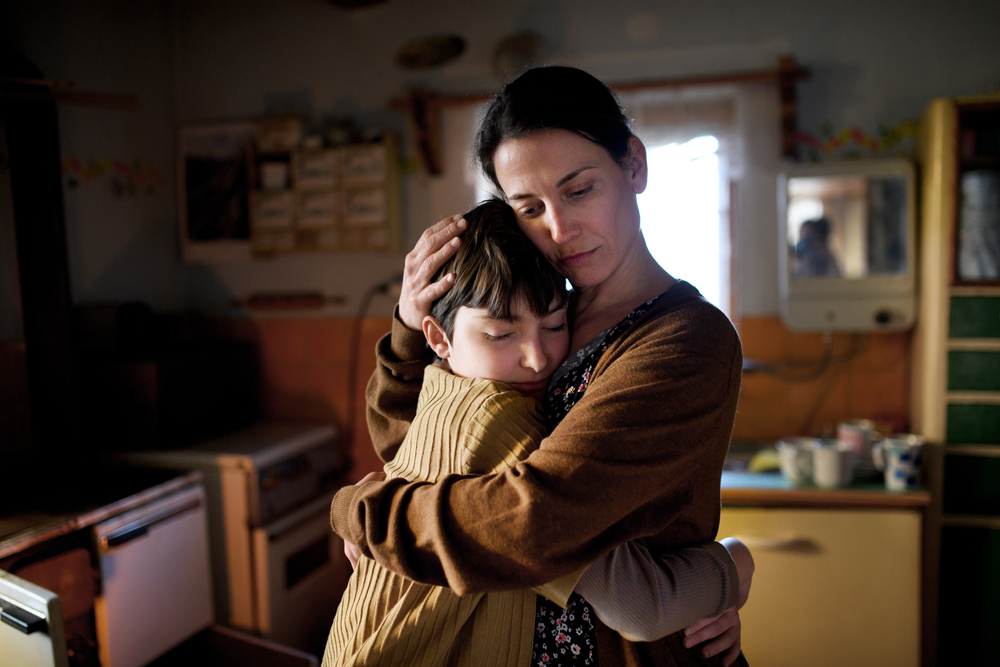Homelessness and trauma: a vicious cycle

It is widely recognised by practitioners, policymakers and academics that the problem of homelessness and rough sleeping extends beyond a housing issue, and is intimately linked to multiple disadvantage and trauma. To end homelessness and rough sleeping for good, there must be flexible, responsive, trauma-informed support to address the impacts of trauma as well as housing needs, yet frequently those experiencing homelessness are excluded from accessing the care and support they need (Armstrong et al., 2021; Timms, P. & Drife, J., 2021).
Though there is an increasing body of research evidencing the relationship between homelessness and trauma (Crowe et al.,2021; Cockersell et al., 2018; Garrett et al., 2022; Hopper et al. 2010; MHCLG, 2020; Moreton et al. 2020), quantifying this, as well as understanding the complex mechanisms through which they interact, remains a challenge.
This ambitious research commissioned by homelessness charity Oasis Community Housing is both an important contribution to our understandings of these phenomena, and a compelling call for change to policy and practice. The researchers explore the prevalence of trauma amongst individuals with experience of homelessness and consider the effectiveness of available support in order to inform their policy proposals (Irving and Harding, 2022).

To end homelessness and rough sleeping for good, there must be flexible, responsive, trauma-informed support to address the impacts of trauma as well as housing needs.
Methods
The researchers employed a mixed-methods approach, drawing on both quantitative and qualitative data sources. Firstly, they conducted a brief review of relevant academic, policy and grey literature, reflecting upon the most recent literature of the relationship between homelessness and trauma, and the application of trauma-informed interventions.
Secondly, researchers collected primary data through a questionnaire completed by Oasis Community Housing service users. This included both open and closed questions, covering demographic information, experiences of homelessness, trauma, and of accessing support services. 115 surveys were completed over a 12-week period, representing 19% of the 598 people accessing their services during this time, a good response rate relative to comparable studies, especially given the client group was people experiencing homelessness related crises.
Finally, the publications and reports from the Fulfilling Lives Programme, a Big Lottery funded national programme supporting people experiencing multiple disadvantage, were reviewed, including a close scrutiny of over 100 outputs.
Results
1. Prevalence of homelessness
Rather than using statutory definitions of homelessness or considering only the participants’ current housing situation, researchers understood homelessness in terms of a long-term, repeated experience of precarity. Nearly two thirds (59%) of participants were in a form of temporary, supported accommodation, only 17% were currently rough sleeping, yet just 17% considered themselves to be in settled accommodation.
Significantly, homelessness was demonstrated to be a chronic, recurrent situation for many. The mean average number of years spent homeless was 2.5 years, with several over 10 years, and one participant reporting 44 years. The mean average number of occasions of having been homeless was 3, in some cases as many as 20.
2. Prevalence and impact of trauma
Trauma was extremely prevalent. Applying the SAMHSA 2014 definition, which emphasises individuals’ subjective experience of harm and ongoing adverse effects (SAMHSA, 2014), nearly all participants (92%) reported lifetime experience of trauma. For most this was repeated, or complex, trauma, with only 14% reporting having experienced only a single incident of trauma, and 50% reporting having experienced 5+ incidents or prolonged trauma.
The researchers attempted to quantify the impact of trauma by identifying 11 distinct impacts of trauma. The most common impacts were mental health or emotional difficulties, experienced by 90%; relationship difficulties, experienced by 75%; and negative view of self, experienced by 67%. There was a reported association between the number of instances of trauma and the number of impacts.
3. Relationship between trauma and homelessness
The research also detailed the complex ways in which these experiences intersect. Nearly three quarters of participants (73%) had experienced both homelessness and trauma, with a third stating trauma was preventing them from moving on from homelessness. The experience of homelessness appeared to amplify the experience of trauma. Whether trauma preceded, coincided with, or followed homelessness, affected the number of negative impacts reported, with the greatest mean number of impacts reported (7.4) for trauma that occurred as a result of homelessness.
4. Access to support
There were frequently barriers to accessing mental health support, such as services’ unwillingness to work with those with dual diagnosis and complex needs, and general lack of flexibility from services. 63% had accessed specialist help for trauma, and those with a formal diagnosis (64%) tended to find it easier to access such services. Experiences with homelessness services tended to be more positive (though not universally so), with those applying psychologically-informed and trauma-informed approaches being effective.

This research suggests that repeated and complex trauma is highly prevalent in people who experience homelessness.
Conclusions
The research powerfully demonstrated trauma, often repeated and complex, to be highly prevalent amongst participants, and powerfully elaborated the:
complex and often mutually reinforcing relationship between trauma and homelessness.
The findings affirm the importance of trauma-informed principles in enabling access to mental health and housing related support.

These findings affirm the importance of trauma-informed principles in enabling access to mental health and housing related support for those experiencing homelessness in all its forms.
Strengths and limitations
Researchers made an ambitious effort to measure the extent and impacts of trauma, and to provide depth and detail through the participants’ words. Homelessness and trauma are difficult to quantify, and all approaches to defining and measuring these constructs had strengths and limitations.
Homelessness
Researchers opted for a broader definition of homelessness, which considered participants’ own subjective understandings, which could potentially include some that may not fall under statutory definitions of homelessness. Equally some participants appeared to interpret homelessness more narrowly than the researchers or Oasis Community Housing, for example 10% of respondents did not consider themselves to have ever been homeless or at risk of it. There is value in defining homelessness in this person-centred way, so long as caution is exercised when comparing or generalising findings against studies using definitions. Likewise, given Oasis Community Housing provides specialist support to those with needs such as mental health, substance use and experience of domestic abuse in addition to homelessness, there are limits to what can be generalised about those experiencing homelessness in all its forms.
However, the research was illuminating about this specific cohort of people experiencing repeated, long-term homelessness, and multiple disadvantage. UK policy targets rough sleeping as the most ‘extreme’ form of homelessness compared to other forms of unsafe, unstable, and unsuitable accommodation, whereas many other European countries instead distinguish between long-term homelessness accompanied by complex needs, and short-term, situational homelessness (Bretherton and Pleace, 2018). This focus on narrowly defined rough sleeping often fails to capture the full extent and complexity of homelessness, particularly of women (Women’s Development Unit, 2022) and other marginalised groups, whose rough sleeping and homelessness experiences follow different patterns. In emphasising the repeated, chronic nature of participants’ homelessness rather than immediate housing situation, this research supports this more nuanced understanding of homelessness.
Trauma
Researchers allowed participants to define their experiences of trauma for themselves based on the impact it had on them, rather than using predetermined checklists of particular events or experiences. This has the advantage of centring participants’ voices and avoiding potential retraumatisation, but limits the scope for comparison. As with homelessness, researchers suspected an underreporting of traumatic experiences. For example, 45% of participants reported trauma in childhood (this was not broken down into how many of the Adverse Childhood Experiences (ACES)), while around 50% of the general population are thought to have experienced at least one ACE (Asmussen et al., 2020)
Gender
Female participants reported a higher number of instances of trauma, with 59% reporting 5+ instances or prolonged trauma compared to 40% of male respondents. Female participants reported an average of 6.5 impacts, compared to an average of 5.7 for male participants (although without confidence intervals it is difficult to assess how meaningful these differences are). However, the researchers largely attributed this discrepancy to male participants under-reporting trauma. Yet with regards to homelessness and rough sleeping, research demonstrates that women are in fact less likely to come forward for support. They tend to rough sleep less visibly, are not reached by supported services, and often experience rough sleeping and homelessness services as unsafe and unsuitable for their needs. This means that their difficulties have become more entrenched by the time they do access support (Hutchinson, Page and Sample, 2014 & Women’s Development Unit 2022).

This research supports a more nuanced understanding of homelessness by emphasising the repeated, chronic nature of participants’ homelessness rather than their immediate housing situation.
Implications for practice
The researchers made several recommendations for policy and practice of how needs related to both homelessness and trauma can be understood and addressed together.
Firstly, the researchers recommend improvements within homelessness support services, such as embedding trauma-informed and person-centred within commissioning specifications and government funded staff training. Given the role of gender, as well as other intersecting identities and needs, in how homelessness and trauma are experienced, this could be further developed by making this explicit within the proposals. For instance, service design and delivery may also be gender-informed, considering the specific ways women experience homelessness, and the requirements to set up safe women-only spaces in mixed services.
Additionally, researchers considered how mental health services could be more supportive and inclusive of those experiencing multiple disadvantage and with complex needs, such as locating dedicated professionals with expertise in homelessness within mental health teams and embedding NICE guidelines on coexisting severe mental illness and substance misuse. We would add that services should also have expertise in gendered forms of trauma, which are often associated with homelessness.
Finally, the researchers call for greater cross-sector collaboration across housing, health and social care sectors, with an emphasis on prevention and with additional resources committed. The Women’s Development Unit would support this, particularly given that women experiencing homelessness and rough sleeping may present in different services and settings. We suggest that VAWG services should be amongst these sectors working together to improve responses to those experiencing homelessness and trauma.

This work calls for greater cross-sector collaboration across housing, health and social care sectors, with an emphasis on prevention and with additional resources committed.
Conflict of interest
None.
Links
Primary paper
Irving , A. and Harding, J. (2022) The Prevalence of Trauma among People who have Experienced Homelessness in England, A Report for Oasis Community Housing (PDF).
Other references
Armstrong, M., Shulman, C., Hudson, B., Stone, P., & Hewett, N. (2021). Barriers and facilitators to accessing health and social care services for people living in homeless hostels: a qualitative study of the experiences of hostel staff and residents in UK hostels. BMJ Open, 11(10)
Asmussen, K., Fischer, F., Drayton, E. & McBride, T. (2022) Adverse childhood experiences What we know, what we don’t know, and what should happen next, London: Early Intervention Foundation.
Bretherton, J. & Pleace, N. (2018). Women and Rough Sleeping : A Critical Review of Current Research and Methodology, University of York, Centre for Housing Policy
Cockersell, P. et al., (2018) Applying psychology as a response to the impact of social exclusion. In Social Exclusion, Compound Trauma and Recovery: Applying Psychology, Psychotherapy and PIE to Homelessness and Complex Needs (ed Cockersell, P). Jessica Kingsley Publishers
Crowe, M., Devereaux, J. & Jobson, M. (2021) Adversity, Trauma and Resilience in West Yorkshire. Fulfilling Lives: West Yorkshire Finding Independence.
Deck, S. & Platt, P. (2015) Homelessness Is Traumatic: Abuse, Victimization, and Trauma Histories of Homeless Men, Journal of Aggression, Maltreatment & Trauma, 24(9): 1022-1043.
Department of Levelling Up, Housing and Communities (2022) Ending Rough Sleeping for Good
Garrett, D., Rieley, R., Cooke, C., Dowding, K. (2022) The Trauma Stabilisation Pilot: A Review of Trauma Intervention for People with Multiple and Complex Needs. Fulfilling Lives: South East Partnership.
Hutchinson, S., Page, A. and Sample, E. (2014) Rebuilding Shattered Lives. London: St Mungo’s
Hopper, E., Bassuk, E. & Olivet, J. (2010), Shelter from the storm: Trauma-informed care in homelessness services settings, The Open Health Services and Policy Journal, 3: 80-100.
Moreton, R. & Welford, J. (2022) ‘More than a roof’ – Addressing homelessness with people experiencing multiple disadvantage. The National Lottery Community Fund.
MHCLG, 2020. Understanding the Multiple Vulnerabilities, Support Needs and Experiences of People who Sleep Rough in England. Initial findings from Rough Sleeping Questionnaire.
Nolan, A. & Butler, S. (2018) Liverpool Waves of Hope Accommodation Based Service: Lessons from a Psychologically Informed Approach. Fulfilling Lives: Liverpool Waves of Hope.
SAMHSA (2014) SAMHSA’s Concept of Trauma and Guidance for a Trauma-Informed Approach, SAMHSA US.
Sweeney A, Clement S, Filson B, Kennedy A. (2016) Trauma-informed mental healthcare in the UK: what is it and how can we further its development? Mental Health Review Journal 21 (3) 174-192.
Timms, P., & Drife, J. (2021). Mental health services for single homeless people. BJPsych Advances, 27(2), 104-114
Women’s Development Unit (2022), A Strategy for Ending Women’s Homelessness
Source link
#Homelessness #trauma #vicious #cycle

